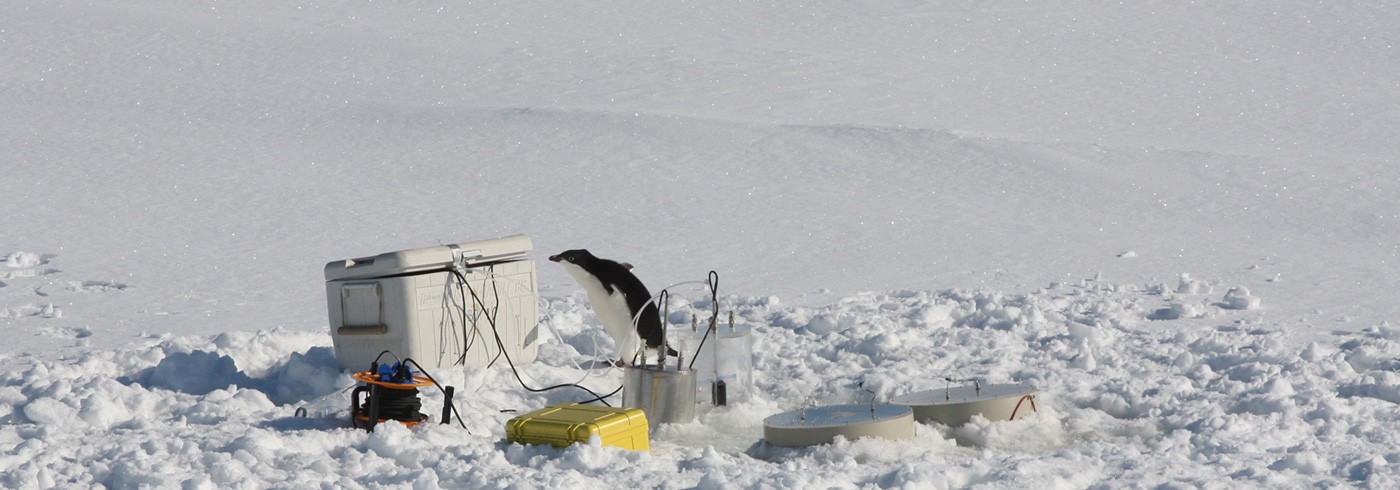Controls on climate active gases by Amundsen Sea ice biota
26 November 2008 - 6 January 2009It is confirmed that polar regions are changing rapidly in response to human activities. Changes in sea ice extent and thickness will have profound implications for productivity, food webs and carbon fluxes at high latitudes. Since controls on the production and destruction of climate-active gases are very likely coupled to the extent and type of microorganisms living at or near this critical interface, changes in both the extent and type of sea ice will greatly affect the balance between the marine environment and the biosphere. Understanding critical feedbacks between climate and the marine biosphere becomes increasingly urgent as we project rates of change into the future.
We hypothesized that:
- the physical properties of the sea-ice environment will determine the community structure and activities of the sea ice biota;
- the productivity, biomass, physiological state and species composition of ice algae will determine the production of specific classes of organic carbon, including organohalogens;
- heterotrophic co-metabolism within the ice will break down these compounds to some extent, depending on the microbial community structure and productivity, and
- the sea ice to atmosphere f luxes of CO2 and organohalogens will be inversely related.
Although sea-ice biota have been studied for decades, this cruise afforded us an important and unique opportunity to study their impact on climate-sensitive biogeochemistry. The Antarctic transect covered more than 3 000 miles of the ice-covered. Pacific sector, and allowed us to examine a large range of sea-ice conditions and types, normally unavailable within a single expedition.

